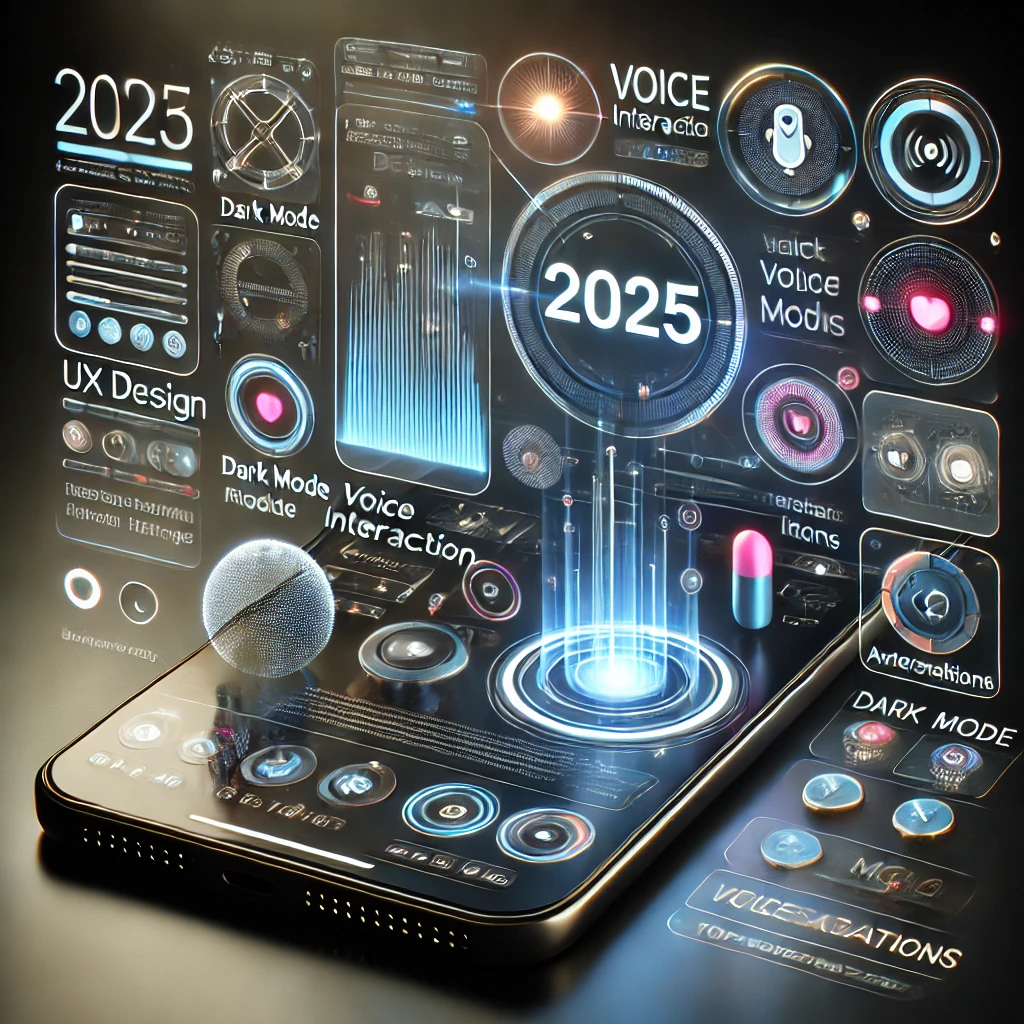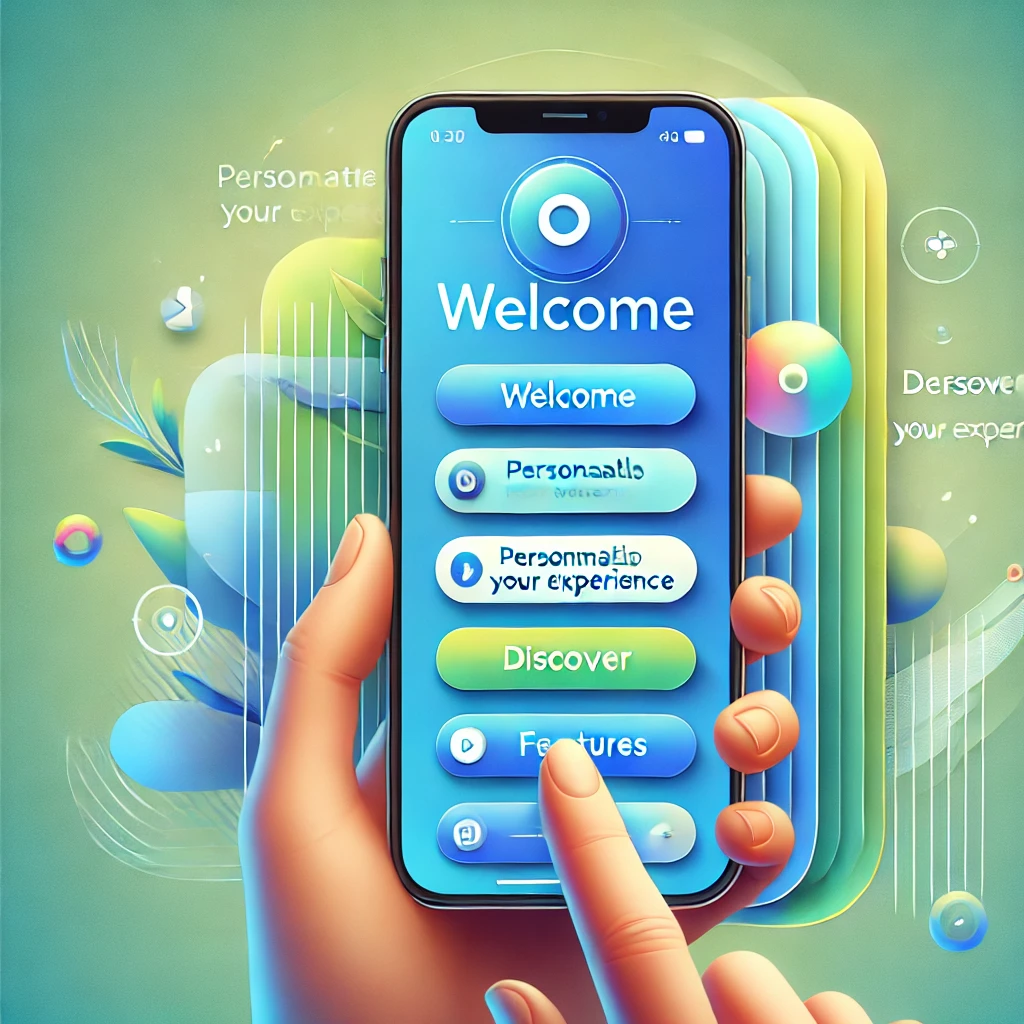
Designing for Engagement: How to Create Mobile Apps That Users Love
Explore how thoughtful design drives user engagement in mobile apps, creating emotional connections and fostering long-term loyalty...
Dec 3, 2024

In 2025, mobile apps are expected to generate over $935 billion in revenue, underscoring their pivotal role in the digital economy. But with over 3.55 million apps available across major app stores, competition is fierce. So, what separates successful apps from those that fail? The answer often lies in user experience (UX) design.
Great UX design not only enhances usability but also drives user engagement, satisfaction, and retention. This article explores how UX design shapes mobile app success, highlights key trends for 2025, and offers actionable best practices.
UX design goes beyond aesthetics—it’s about creating a seamless and meaningful interaction between users and the app. An app with poor UX can lead to frustration, abandonment, and negative reviews. Conversely, an app with exceptional UX can:
Boost Retention: Apps with intuitive designs retain up to 40% more users than their poorly designed counterparts.
Increase Engagement: Smooth navigation and interactive elements encourage users to spend more time in the app.
Drive Revenue: Positive experiences directly impact in-app purchases, subscriptions, and overall monetization.
Want to transform your app into a user favorite? Check out PosterumSoft’s UX/UI design services.
As technology evolves, so do user expectations. Here are the top UX trends to watch in 2025:
Microanimations are subtle, purposeful animations that guide users through the app. They provide feedback, indicate progress, and make interactions feel more natural.
Example: E-commerce apps like Amazon use animations to confirm item additions to the cart, providing a satisfying user experience.
Users now expect apps to cater to their specific needs and preferences. Personalization extends beyond recommendations, incorporating user behavior, location, and even mood.
Example: Spotify creates personalized playlists like 'Discover Weekly,' enhancing engagement by making users feel understood.
Voice-activated features are becoming a standard in mobile apps, particularly in accessibility-focused designs.
Example: Google Assistant integrates voice commands to simplify everyday tasks, from setting reminders to checking weather updates.
Dark mode not only reduces eye strain but also conserves battery life on OLED devices. Its popularity continues to grow, with many apps offering it as a default or optional setting.
Example: Social media platforms like Twitter and Instagram have embraced dark mode to improve user comfort.
Inclusive design ensures apps are usable by everyone, including those with disabilities. Features like screen readers, haptic feedback, and scalable text sizes are no longer optional.
Example: Apple’s iOS integrates robust accessibility options, setting a benchmark for other apps to follow.
Ready to integrate these trends into your app? Learn more about PosterumSoft’s mobile app development services.
To create an app that stands out, focus on these UX design principles:
Complex navigation frustrates users. Use intuitive menus, breadcrumbs, and clear CTAs (Call to Actions) to help users find what they need effortlessly.
Fast loading speeds are critical—research shows that 53% of users abandon apps that take longer than three seconds to load.
Pro Tip: Compress images, use lazy loading, and prioritize core features to enhance performance.
Great UX connects with users on an emotional level. Leverage colors, animations, and thoughtful microinteractions to evoke positive feelings.
Example: Calm, a meditation app, uses soothing colors and animations to create a sense of tranquility.
Regularly collect user feedback to identify pain points and refine the experience. Tools like in-app surveys and heatmaps can provide valuable insights.
Duolingo’s gamified design engages users through rewards, streaks, and progress tracking, making language learning fun and addictive.
Airbnb’s seamless UX focuses on intuitive navigation and personalized recommendations, ensuring users can book their perfect stay effortlessly.
Nike’s app delivers tailored workout plans, progress tracking, and motivational content, keeping users active and engaged.
Inspired by these examples? Let PosterumSoft help you create a standout app experience.
In 2025, apps that prioritize UX design will dominate the market. By embracing trends like microanimations, personalization, and voice interfaces, businesses can create intuitive and engaging apps that resonate with users.
Investing in UX design isn’t just about making apps look good—it’s about creating experiences that users love, share, and return to.
Looking to elevate your app’s UX? Partner with PosterumSoft to craft exceptional user experiences that drive success.
With the right design strategies, your app can stand out, captivate users, and achieve long-term growth.

Explore how thoughtful design drives user engagement in mobile apps, creating emotional connections and fostering long-term loyalty...

Discover how to design an engaging onboarding experience that boosts user retention, engagement, and satisfaction...